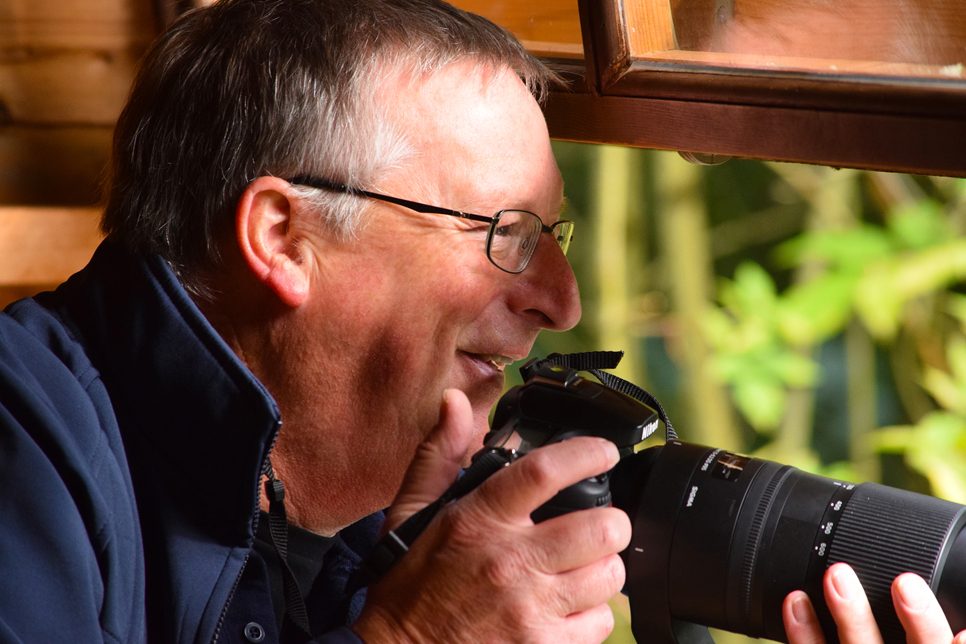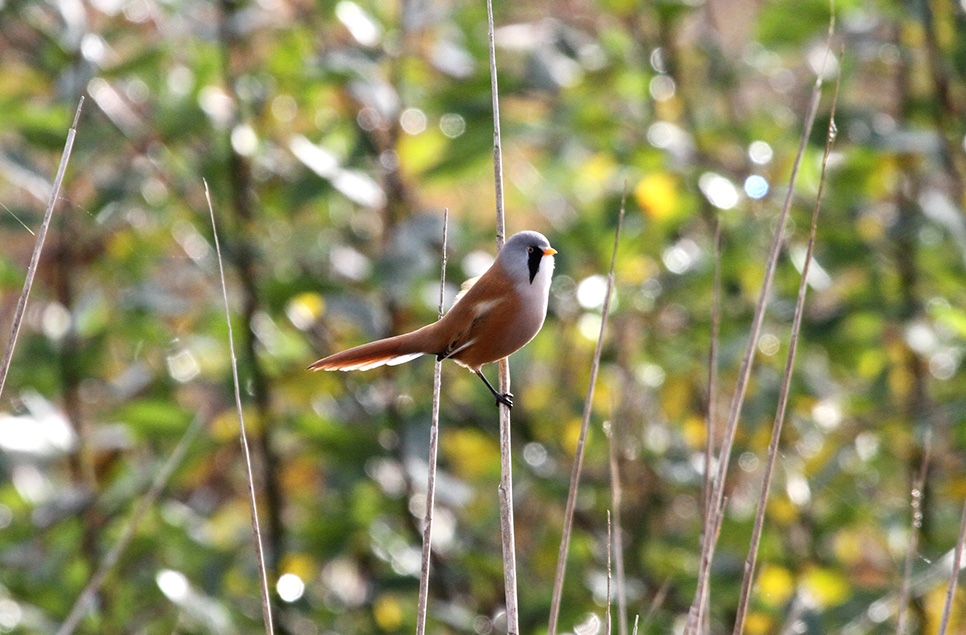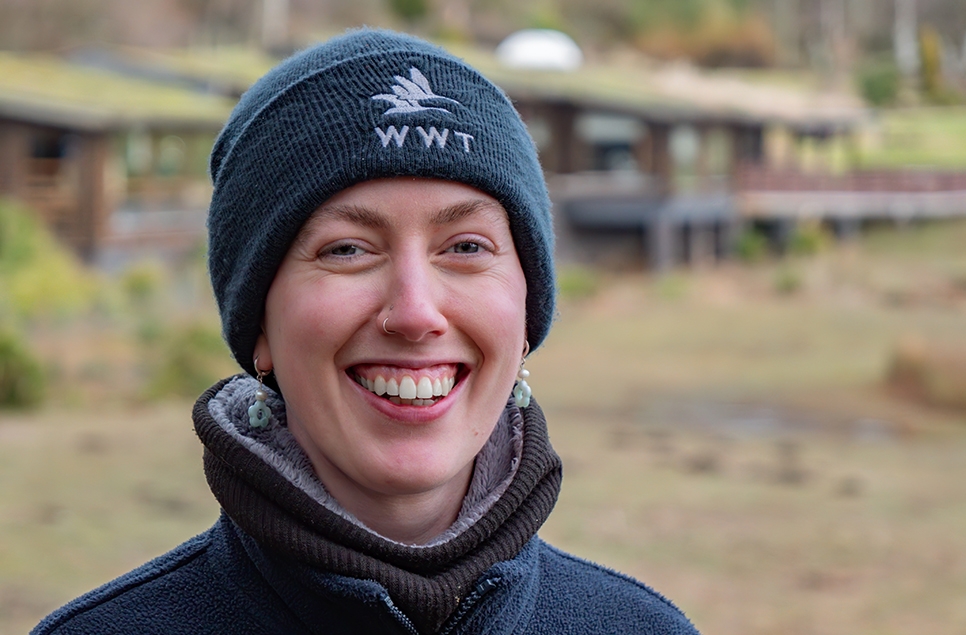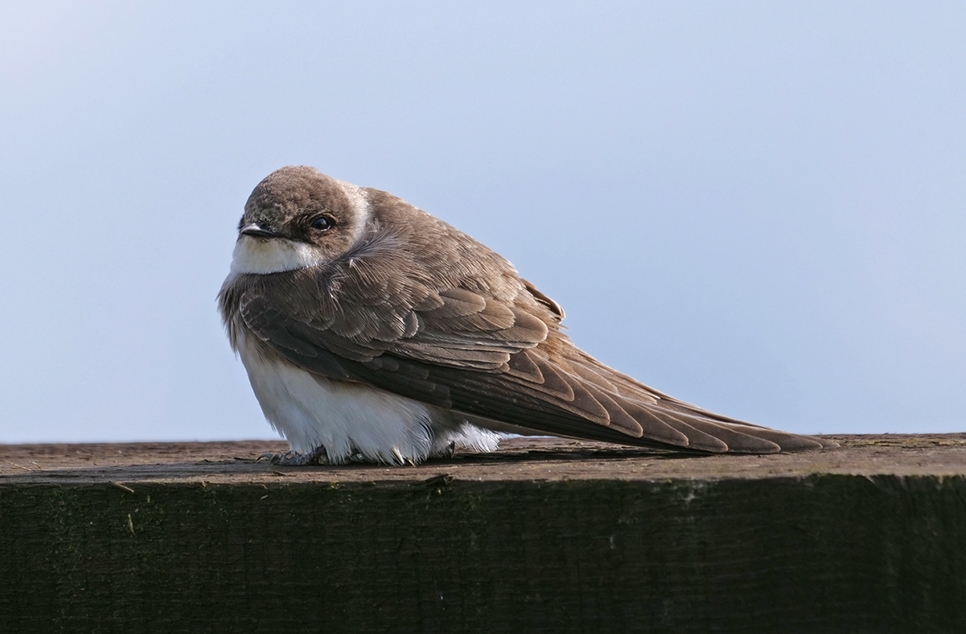Anti-flood technology helps protect wildlife on Wader Lake
Regionally important birdlife is being given a survival boost thanks to new anti-flood measures at Washington Wetland Centre.
Regionally important birdlife is being given a survival boost thanks to new anti-flood measures at Washington Wetland Centre.
The nesting sites of key breeding populations of avocet (pictured below) and common tern are now safer during extreme wet weather thanks to a new tilting weir on the site's Wader Lake.
The £13,000 adjustable stainless steel barrier – which has been dug into a breach along the eastern corner of the shoreline – allows water to be let in and out of this vital habitat as needed.
This happens by moving a plate through various positions between vertical and horizontal, with debris such as branches and weeds floating over the top.
Excess water will also automatically discharge during heavy rain, meaning the avocets and common terns – which will be nesting on low-lying islands in the middle of the lake in the coming weeks – are less likely to see their nests, eggs and even chicks washed away.

John Gowland, WWT Washington’s reserve manager, said:
We’re extremely delighted – and relieved – to have had the new tilting weir fitted. It will give us much better control of the water levels at Wader Lake throughout the seasons.
Most importantly, it means no more sleepless nights for our team during heavy rain fall in summer, when the avocet and common terns – two incredibly important species for both our site and the region – are nesting precariously on the shallow gravel islands!
Secondly, it will also mean we can drain the area if we need to carry out habitat management such as topping up the islands or planting, as well as being able to add water during periods of exceptionally dry weather, when the wildlife needs it most.
Wader Lake is a focal point of WWT Washington’s wild reserve and visited by thousands of birds every year.
Highlights include the return of the grey heron colony each January – with chicks visible at the moment – breeding lapwing, avocet and common tern in spring and summer; and one the UK’s best inland freshwater curlew roosts during winter.
- Learn more about the history of WWT Washington’s avocet population, one of the most northern in England, here
- Read more about the common tern colony being given ‘Top 10’ status by the British Trust for Ornithology (BTO) here
Ready to visit?
If you've been inspired to explore Washington Wetland Centre, find out more and plan your visit online.
Plan your visit


